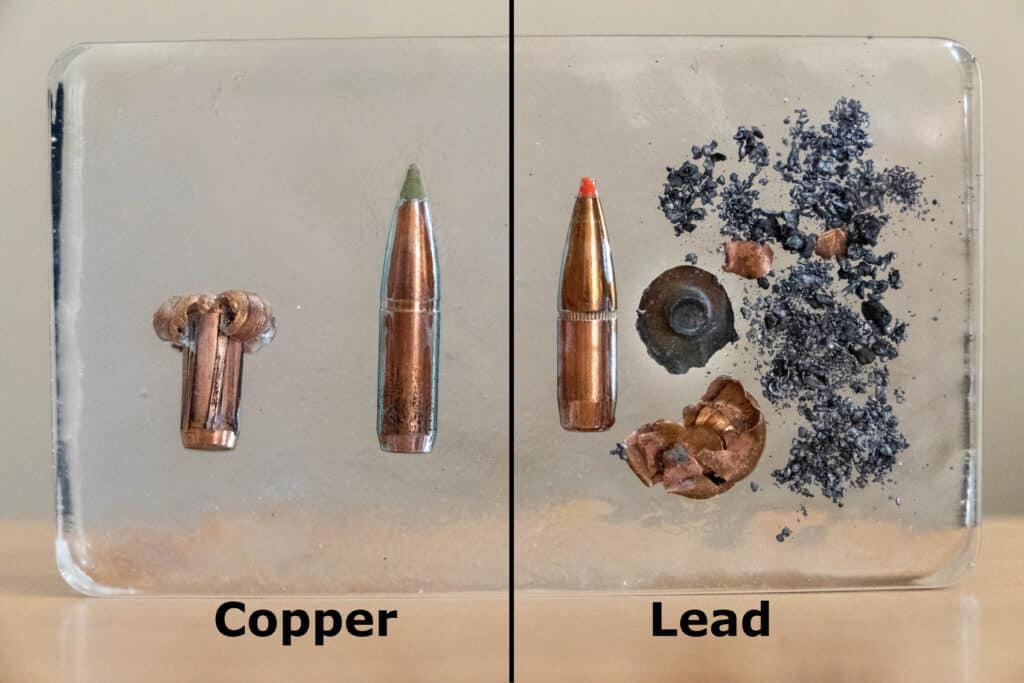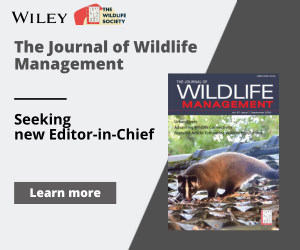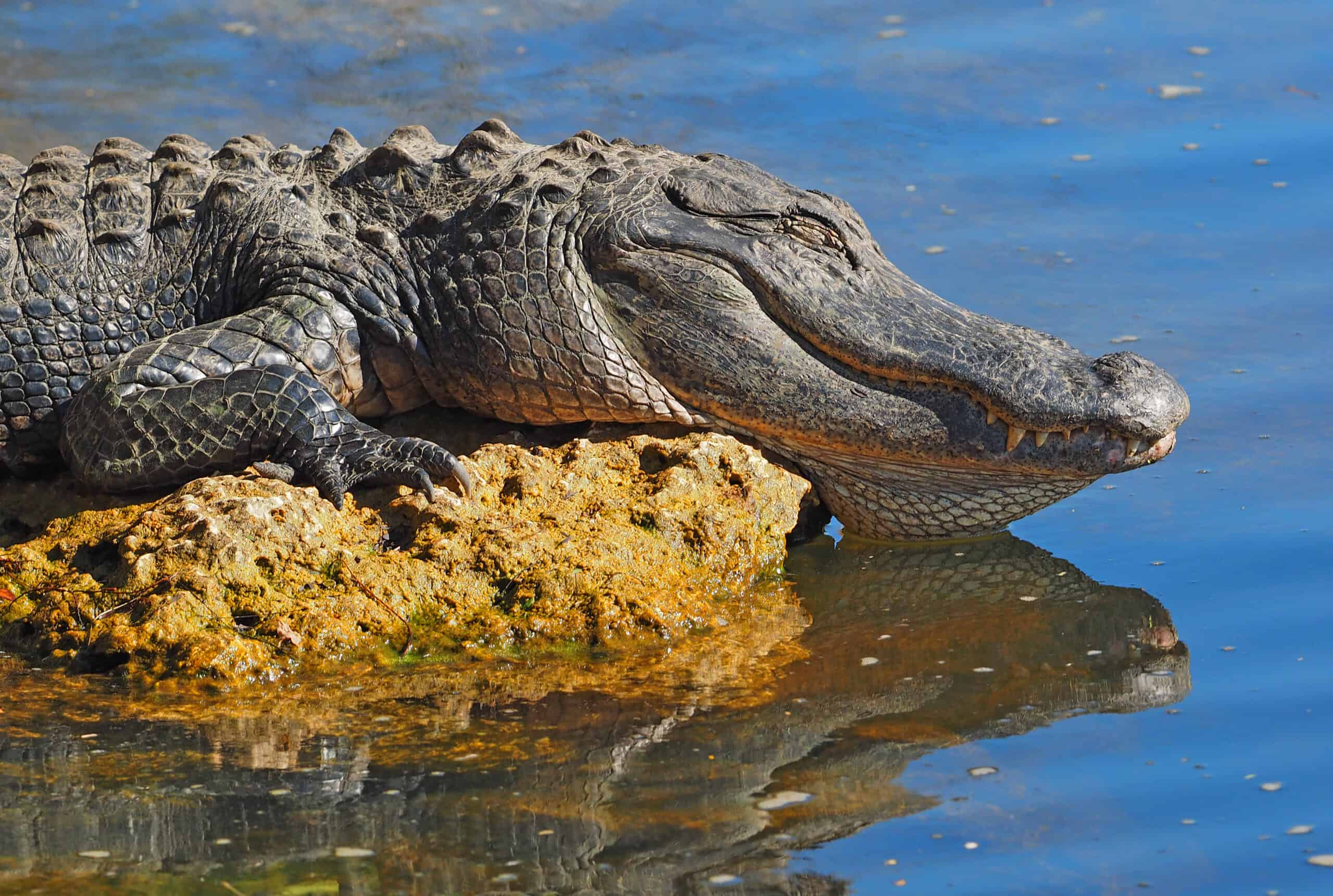Share this article
Wildlife Featured in this article
- Bald eagle
- Golden eagle
Montana eagles face widespread lead exposure
Their lead levels are highest in months directly following hunting season
Bald eagles in Montana experience widespread lead exposure, researchers found, especially in the months after hunting season. The finding has implications for the health of these protected raptors in Montana and beyond, as well as for the ongoing debate over hunters’ use of lead ammunition.
“There’s this seasonal trend where they have the highest level following the hunting season,” said TWS member Mike McTee, a researcher at the private conservation property MPG Ranch.
“There’s this seasonal trend where they have the highest level following the hunting season.”
TWS member Mike McTee, researcher at the private conservation property MPG Ranch
In a study published recently in Science of the Total Environment, McTee and his colleagues examined blood samples taken from 165 bald eagles (Haliaeetus leucocephalus) brought into rehabilitation centers from 2011 to 2022. They also sampled 62 free-flying eagles, which were captured over a similar period as part of ongoing monitoring by the Raptor View Research Institute.
The researchers found the eagles’ lead levels were highest during the winter. That follows Montana’s primary hunting season, which runs from late October through late November.
“It was almost not surprising that so many eagles had concentrations of lead above the background concentration,” McTee said.

The analysis showed that between Dec. 6 and March 7, 89% of free-flying eagles and 90% of eagles in rehab centers had lead above background levels of 10 micrograms of lead per deciliter of blood. For some, the levels were particularly high. About 35% of the rehab eagles and 13% of free-flying eagles had more than 60 micrograms of lead per deciliter—a potentially life-threatening threshold associated with anemia, anorexia and wing droop.
McTee said the higher levels in rehab birds wasn’t a shock. “The eagles that are being admitted to rehab are more likely to be sick and injured than those captured by raptor biologists,” he said.
Other research shows that lead can affect birds’ ability to fly and hunt. So birds with high levels of lead may be more likely to get hit by cars, strike power lines or experience other problems that land them in a rehab center.
“Lead can really affect the nervous system,” McTee said. “It can affect reaction time.”

The bald eagle study followed research McTee and his colleagues published last year that showed that golden eagles in Montana also had troubling levels of lead exposure. In other research published last year, researchers found lead may be suppressing populations of bald and golden eagles (Aquila chrysaetos) throughout the United States.
“It’s a very pervasive issue,” McTee said.
The June issue of the Wildlife Society Bulletin features a special section devoted to the subject of lead ammunition.
Header Image: Bald eagles can ingest lead when feeding on carrion that has been shot by hunters. Credit: Estelle Shuttleworth








